# Communicating direction
Most leaders are good at deciding direction. They're terrible at communicating it.
I've watched executives develop brilliant strategies, then watch their teams flounder because no one understood what they were supposed to do. The problem isn't the strategy—it's that direction has four levels, and most leaders only know how to communicate one or two.
## The four levels of direction
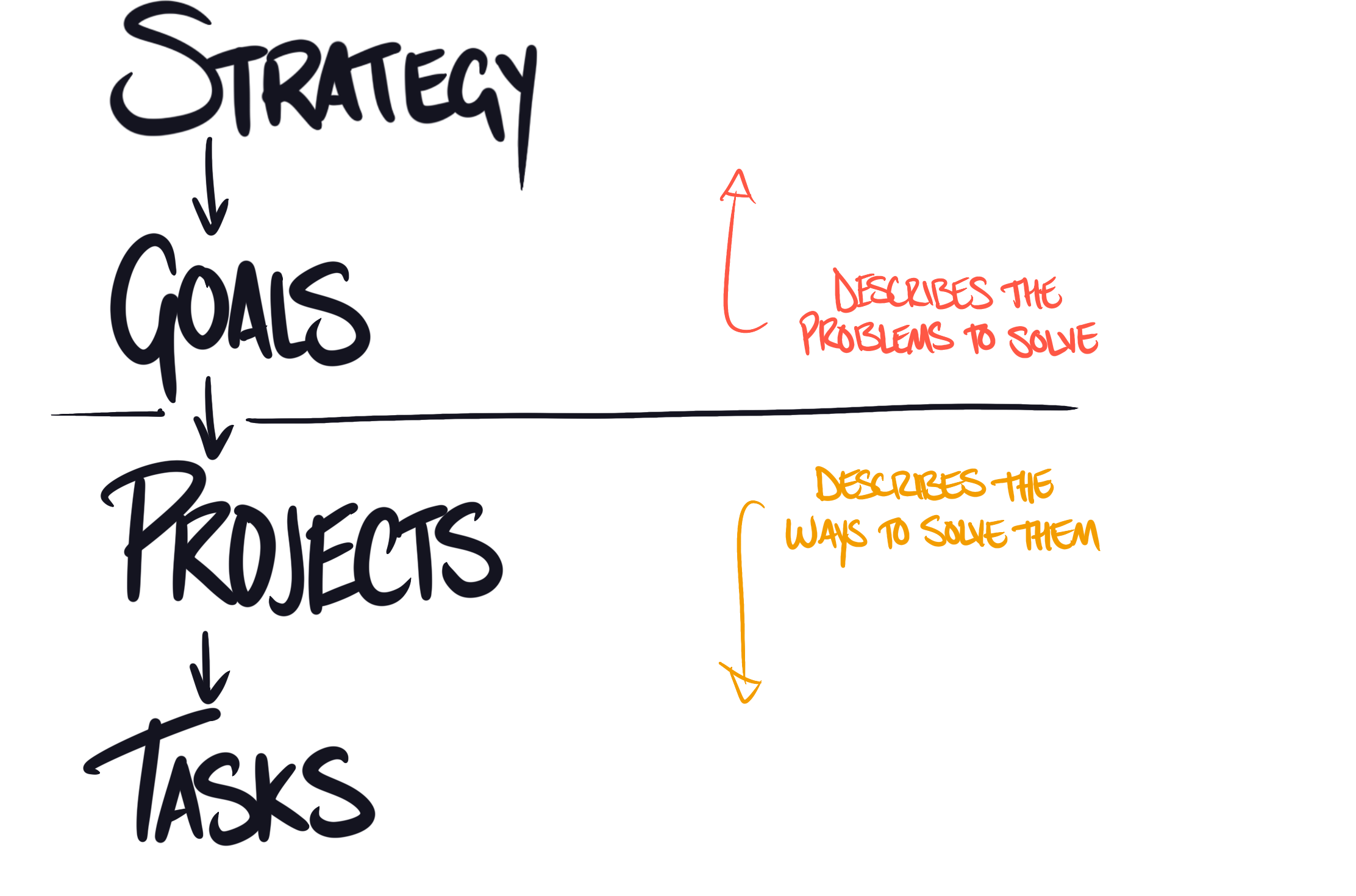
Every conversation about direction fits into one of these four levels. Miss a level, and your team struggles. Miss multiple levels, and chaos ensues.
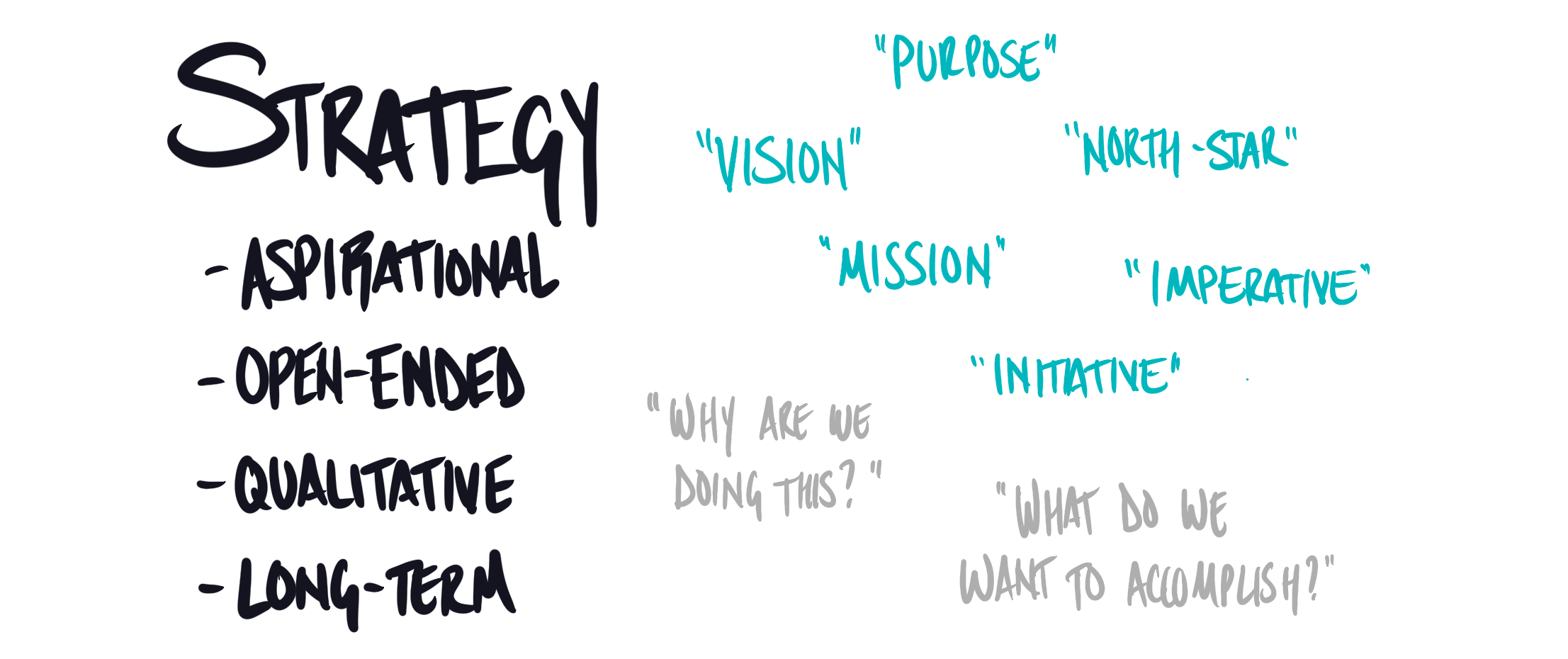
Strategy answers "why" and "what." It's aspirational, qualitative, and focused on the problem you want to solve. Strategy is your North Star—a distant point you're aiming for over multiple years.
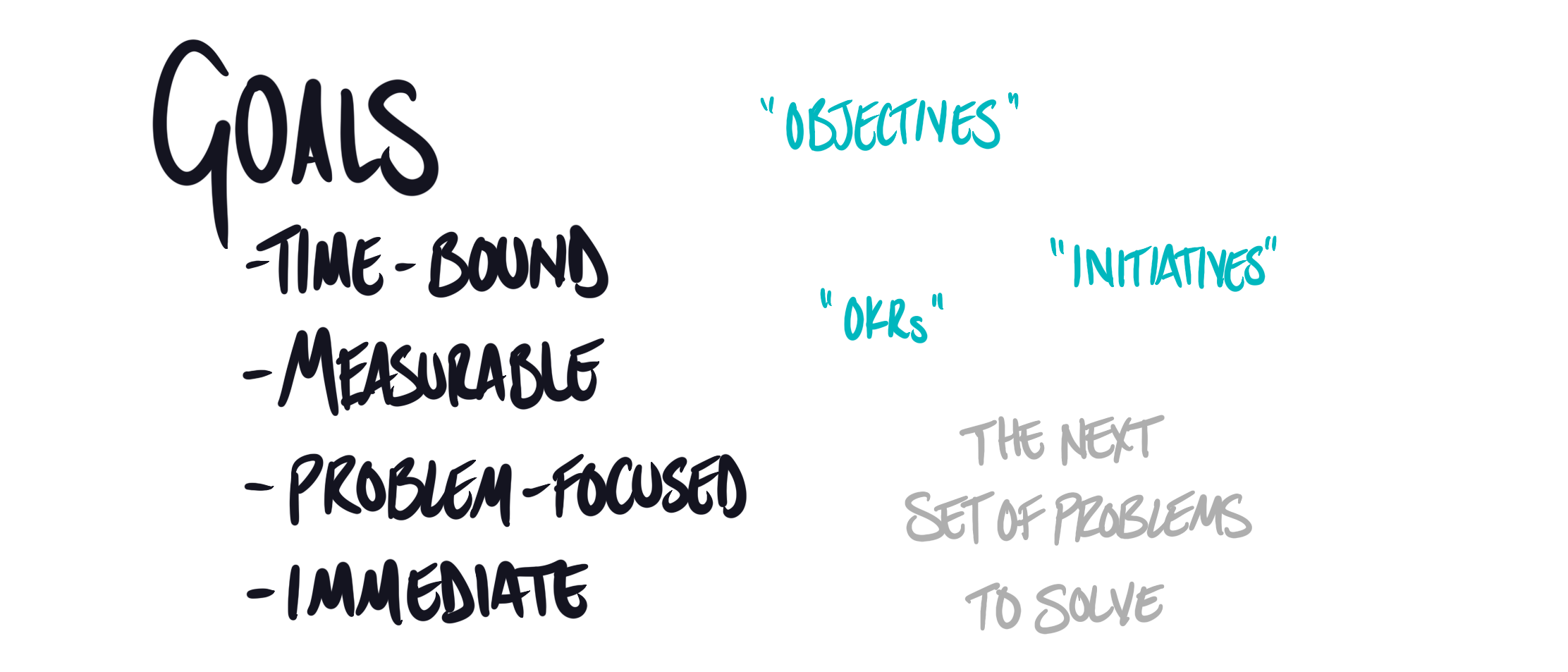
Goals are a subset of your strategy. They answer "what right now." Goals are time-bound, measurable, and deal with problems, not solutions. They capture the next few steps toward your strategy.
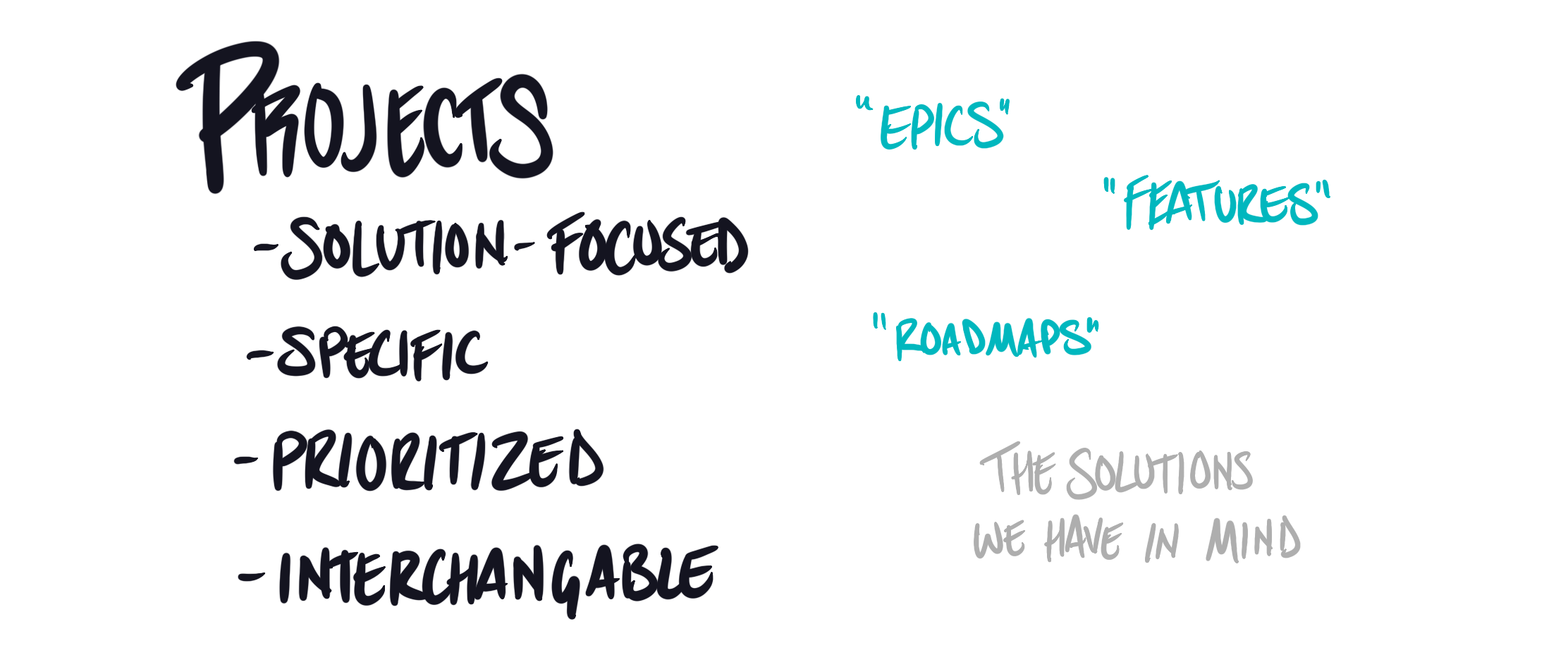
Projects flip from problems to solutions. They're specific bets that this work will get you closer to your goal. If a project won't help achieve the goal, stop it and try something else.
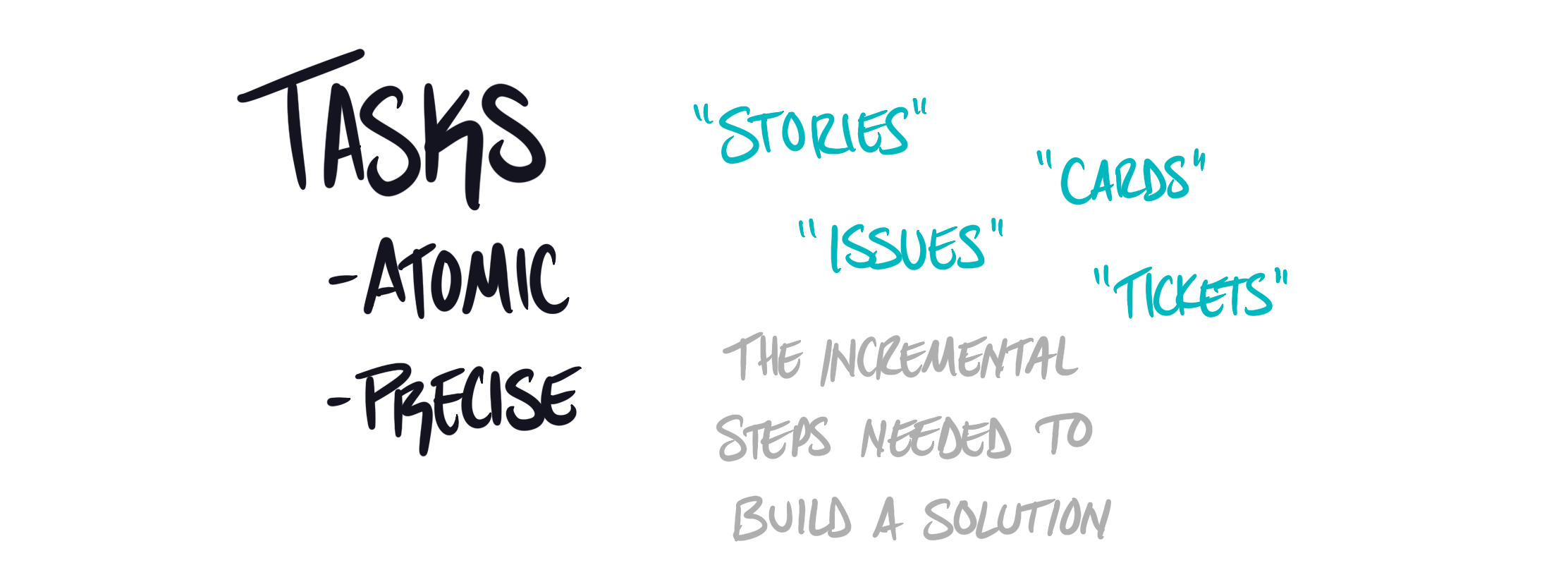
Tasks are the incremental steps that build a project. Keep them small to minimize waste when priorities change.
## The cost of missing levels
Skip strategy?
- →Your people won't understand why they're working.
Skip goals?
- →They'll depend on you to feed them work.
Skip projects?
- →Your goals will stagnate without solutions.
Skip tasks?
- →Expect confusion and wasted effort.
## Dividing ownership
You can't own all four levels as you grow. But someone must own each level.
Single-team startups: One team owns everything:
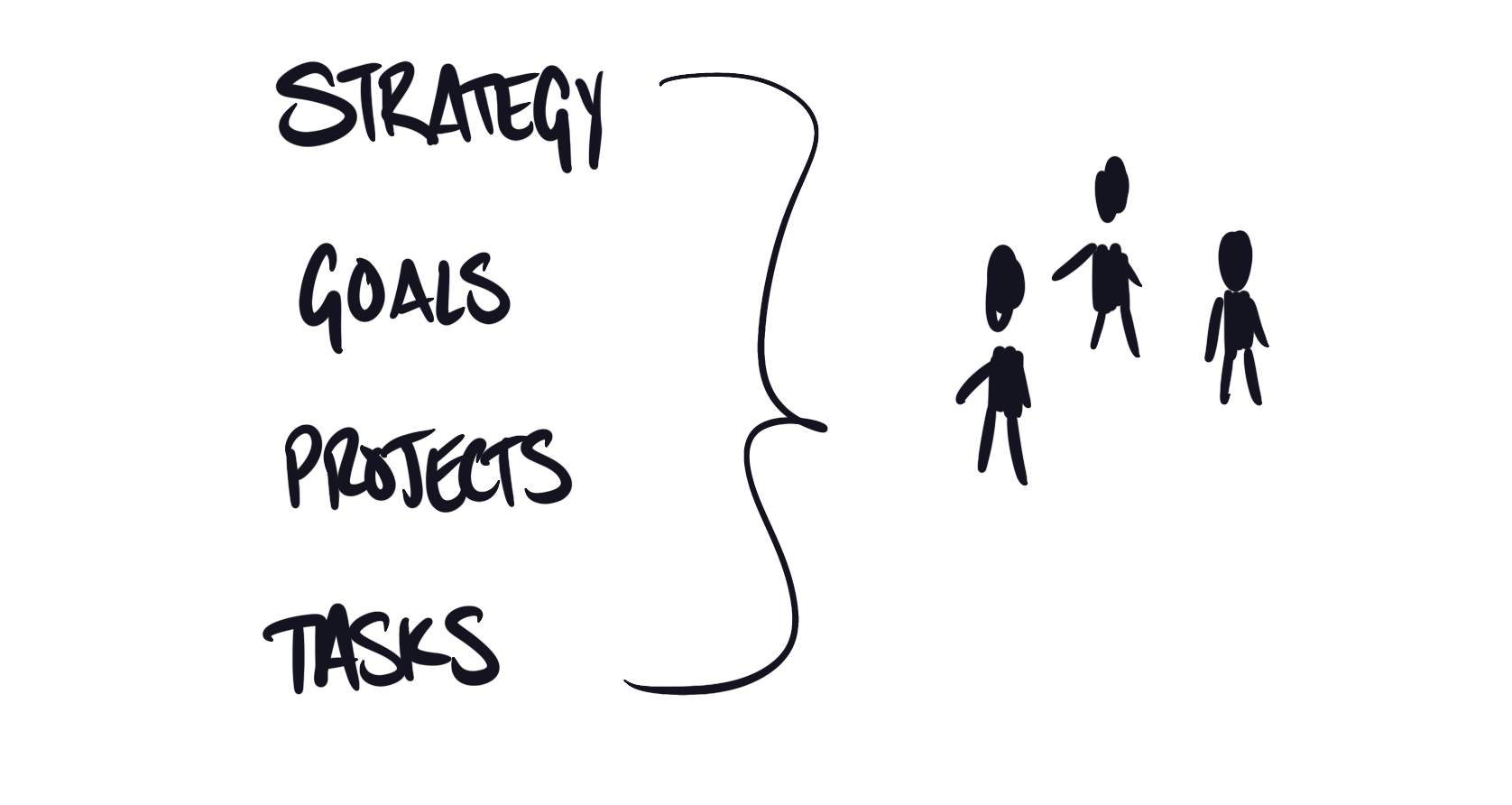
Mid-size companies: Leadership might own strategy and goals while teams own projects and tasks. Or leadership might go deeper while teams focus on execution:
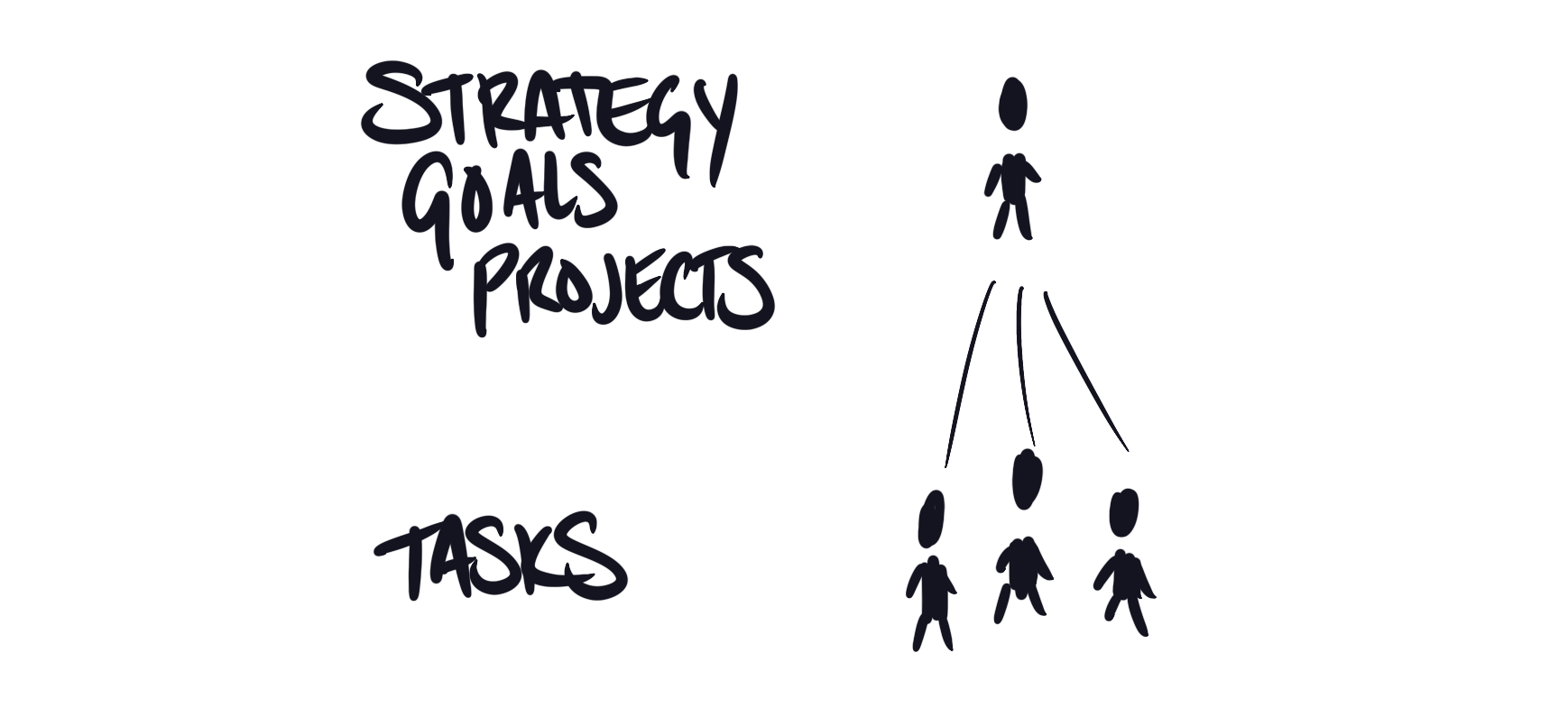
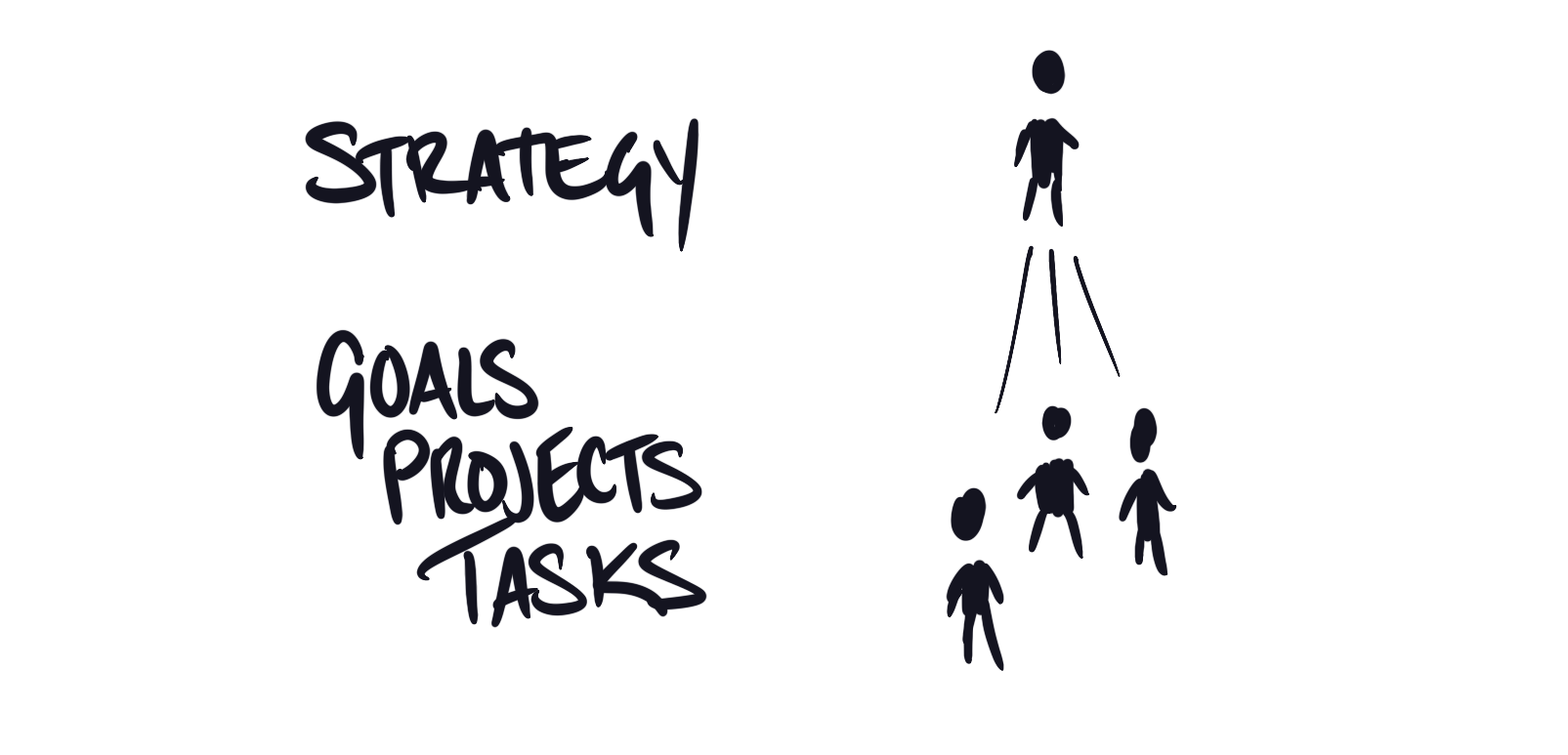
Large organizations: Each org level might own its corresponding communication level.

The arrangement matters less than the coverage. Every level needs an owner.
Adjusting ownership is easy. Rehabilitating a directionless organization is not.